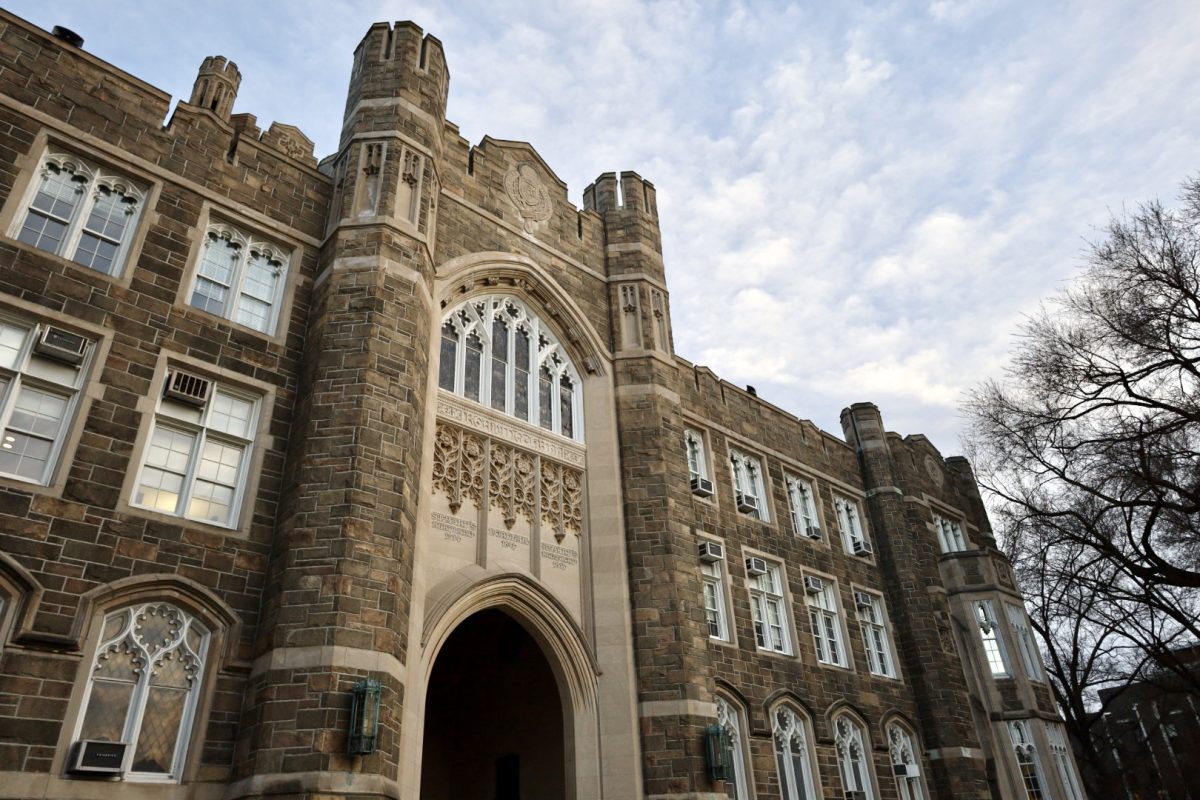Stumble upon a true concrete jungle by walking among a herd of elephants in New York City’s Meatpacking District. Every migration has a purpose, and the 100 life-size elephant sculptures move throughout the United States to raise money for conservation efforts and to promote awareness of human-wildlife coexistence.
The traveling art exhibition makes a conscious effort to recreate the elephants’ lives in India. According to the plaques spaced throughout the area, the public display of sculptures mirrors the experience in India where people and animals peacefully share the same space. The plaques also note that the past 30 years have seen a growing population of animals, specifically elephant, rhino, lion and tiger populations. Protected areas are no longer sufficient considering the amount of animals as well as the damage to their ecosystems, so “The Great Elephant Migration” art display aims to inspire others to foster coexistence with animals rather than make separate, inadequate spaces for them.
As I walked a winding path through the herds to experience the sheer majesty of the towering creatures, I noticed that each sculpture had something different about it. The website for “The Great Elephant Migration” reveals that each sculpture is crafted to look like a real elephant living in the Nilgiri Hills of Southern India. Just like people, no elephant is the same. There was an array of differences between each sculpture, including size, ears, eyes and trunks. My personal favorite was Loulu, the first baby elephant I saw with a playful flick of her trunk.
Another thing to note is that each elephant is paired with a matriarch twin found on the plaque with the elephant’s name. The matriarchy is an important aspect within an elephant herd because it is the experienced female whois in charge of leading the group and keeping track of resources. The sculptures’ human matriarch twins do exactly the same thing and actively support the cause. This group of influential women is made up of environmentalists, philanthropists, writers and creatives. For example, Loulu’s matriarch is Beverly Joubert, a South African wildlife photographer, conservationist and National Geographic explorer. There are also the Tuskers, which are the male supporters that are twinned with the male elephants of the herd. Going home to research the matriarch twins and what they do for a living was just as inspiring as being amongst the sculptures.
“The Great Elephant Migration” does more than just create mindfulness for animals. The migration is also actively saving the Earth. The information center says that each elephant sculpture is made out of a plant called Lantana camara, an invasive and toxic species that has taken over 40% of India’s forests. This plant alone is one of the reasons animals are being pushed out of the wild and into urban areas. Artisans turning this harmful plant into something beneficial is a testament to the power of art.
The sculptors come from indigenous communities in India such as the Soliga, Bettakurumba, Kattunayakan and Paniya tribes. These tribes are the ones that actually coexist with the elephants the display is based on. According to the information on display alongside the sculptures, making these sculptures has given the tribe members the necessary finances alongside a great sense of pride.
“The Great Elephant Migration” really caught people’s attention, and rightfully so. I could hardly see the elephants when I popped up from the subway station because there were so many people crowded around them — even on a Tuesday. The coexistence story the elephant sculptures convey has truly touched people’s hearts, as well as my own. That is perhaps due to the experience the art display gave us. The elephant’s eyes were so life-like and unique that it felt as if they were gazing at us. We could touch the elephants and walk through the herd as if we lived in the Nilgiri Hills alongside them.
While the elephants will have moved on in their migration on Oct. 20, you can continue to follow along on their journey from east to west in the United States. The upcoming destinations include Florida, Montana, Wyoming and California. In addition to all the other remarkable aspects of this migration, the movement of the elephants is also carbon neutral.
Despite not being able to visit the elephants in New York City anymore, it is important that we keep in mind the message the elephants have given us. With the herd behind me after my visit, I left with an elevated understanding that the Earth is both our homes after all.







































































































































































































